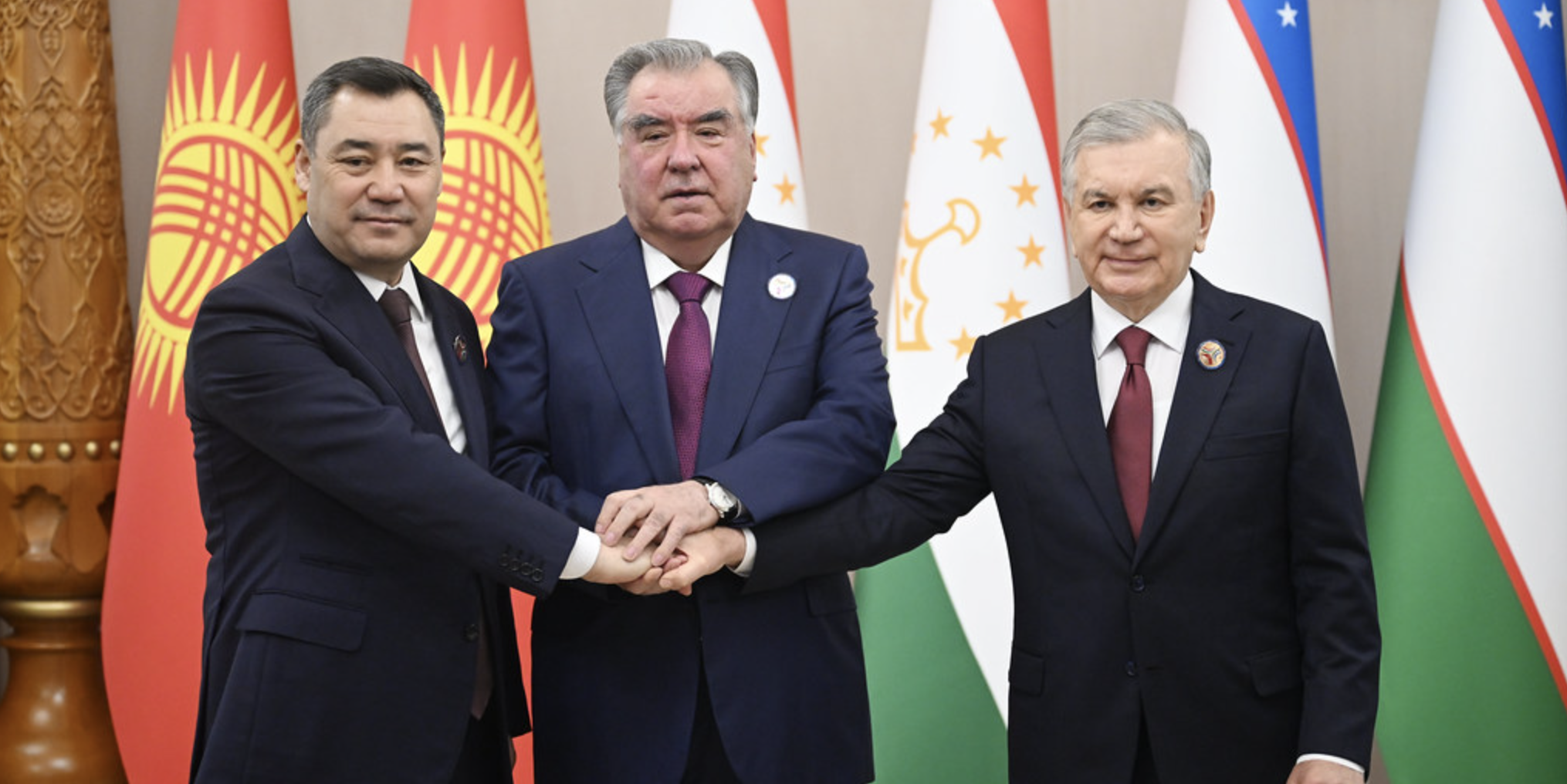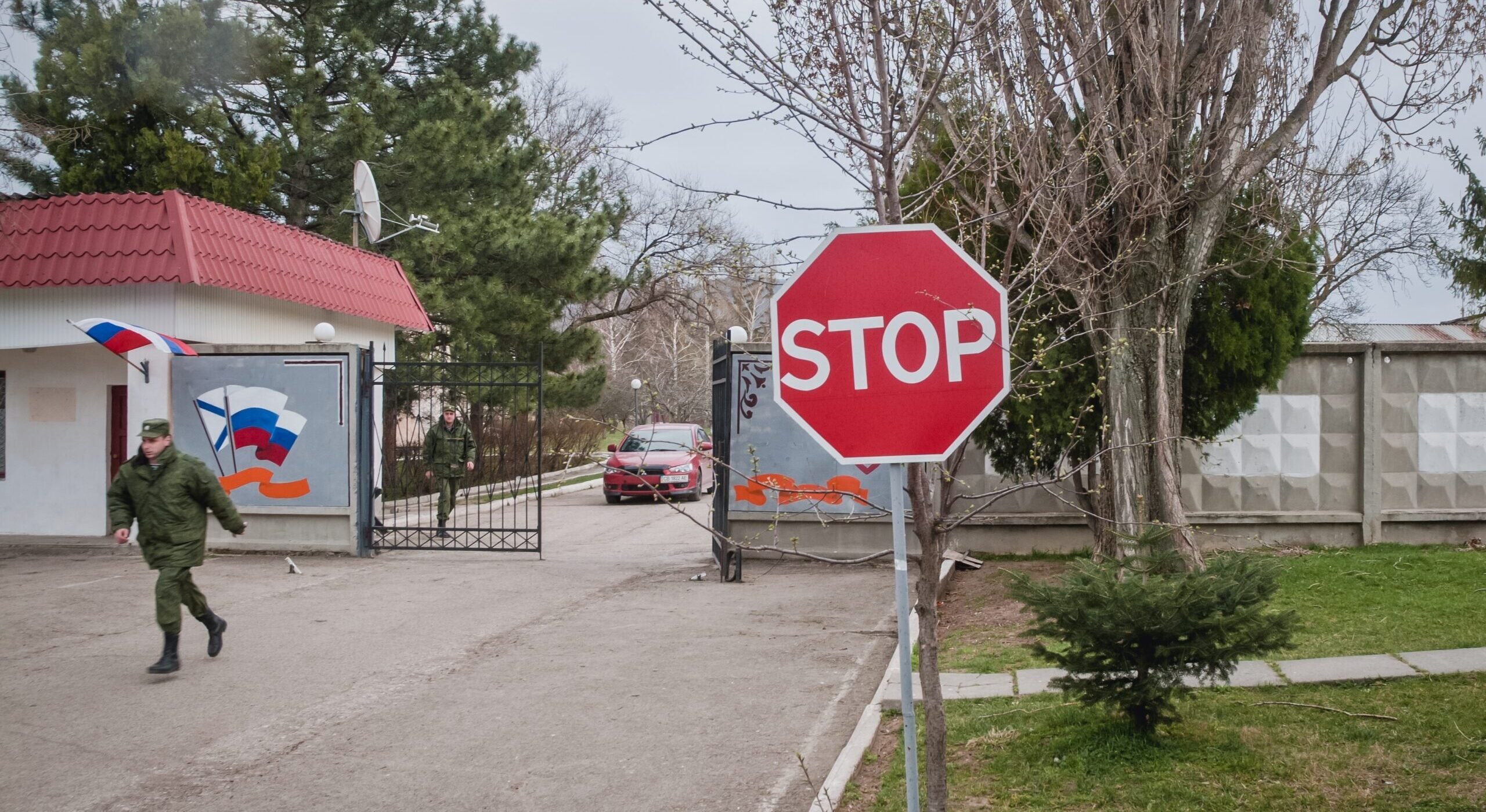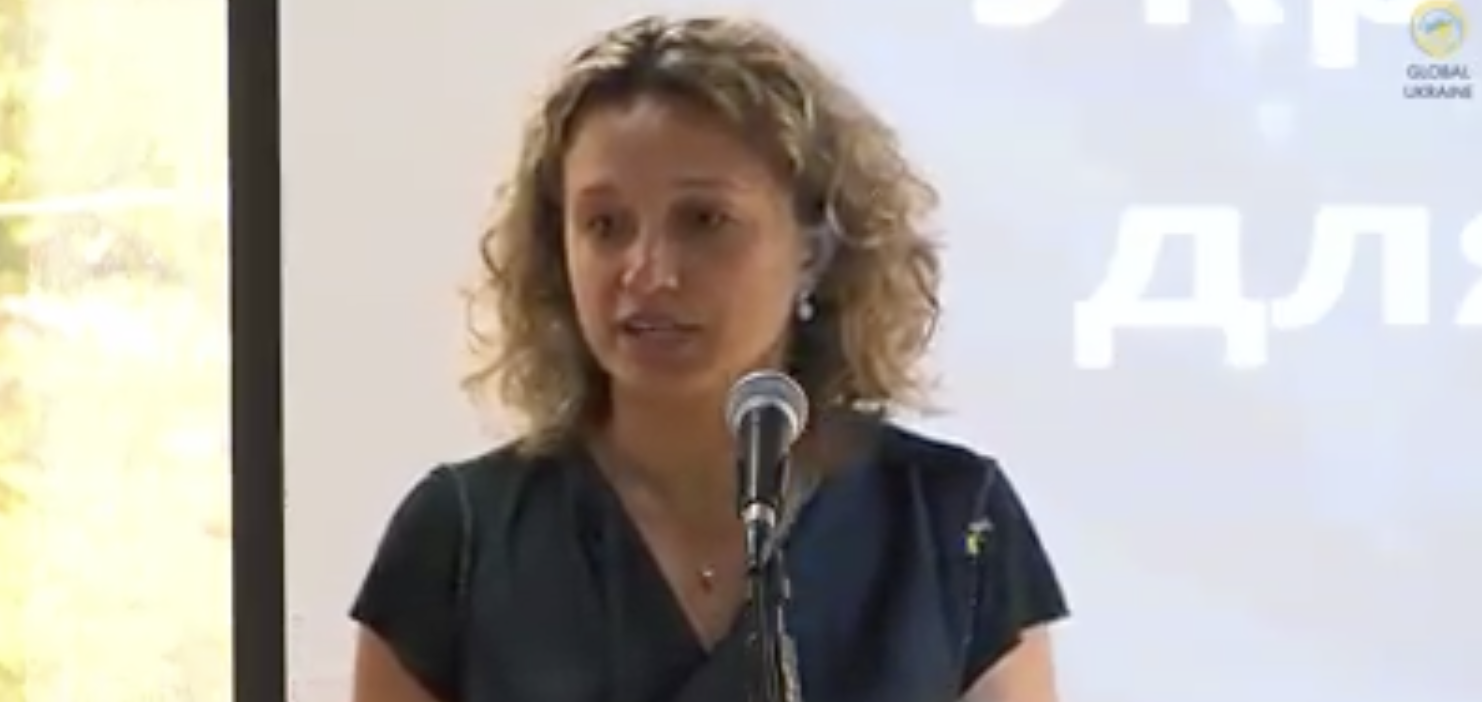

by Yevheniy Semenov, UWC Vice President for Middle East and Central Asia
Source: Ukrainska Pravda
While much of the world remains fixated on frontlines and battle maps, Tajikistan, Kyrgyzstan, and Uzbekistan have charted a different path — they have drawn lines of peace. On March 31, 2025, these three Central Asian nations signed a landmark agreement finalizing the delimitation and demarcation of their shared borders. By resolving long-standing disputes through dialogue and diplomacy, they have achieved not only a regional milestone but also set an example of global significance — particularly for Ukraine.
For us, after 11 years of resisting Russian aggression, the concept of national borders is no longer just a matter of diplomacy — it is a matter of survival. Russia’s war is not only an attack on Ukrainian territory; it is a direct assault on the principle that borders are inviolable, that sovereignty is sacred, and that force cannot rewrite the map.
That is why every peaceful resolution of a border dispute anywhere in the world matters. It reinforces the principles enshrined in international law. It affirms the idea that nations can coexist without violence. And most importantly, it sends a clear message: the world still has the capacity to choose dialogue over destruction.
The agreement between Tajikistan, Kyrgyzstan, and Uzbekistan is not merely a regional achievement — it is a quiet but powerful act of resistance against a global tide of revisionism and aggression. In drawing their lines of peace, these countries have done more than settle boundaries — they have strengthened the very world order Ukraine is fighting to defend.
Central Asia’s path is a signal to us: the principle of territorial integrity lives not only in UN General Assembly resolutions but also in practical actions. And importantly, it is not only from Western democracies but also from countries that have themselves undergone difficult transformations and have not always been examples of stability. This opens new opportunities for regional diplomacy, particularly in the format of “Central Asia – Ukraine,” which is gaining increasing importance.
This example also shows: the space of former Soviet occupation is not doomed to conflict. Political will, dialogue, mutual respect for borders – all of this is possible even between neighbors with a long history of mutual claims. This is an important reminder for those who still believe that “borders are conditional” and “territories can be revised.” They cannot. And Tajikistan, Kyrgyzstan, and Uzbekistan have proven it.
Just as these countries were able to come to an agreement without “exchanging enclaves,” “special statuses,” or military pressure, any real peace with Russia is only possible when it abandons its attempts to dictate new borders to Ukraine.
Central Asia has drawn its border – not just on the map but in history. And this border is on the side of international law. Today, it is more important than ever for Ukraine that the world sees and supports such an example of peace.
Cover: Office of Tajikistan’s president











